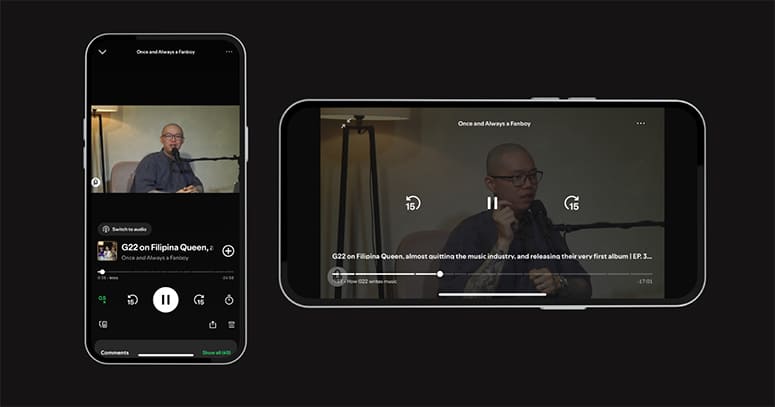Filipino creators are transforming podcasts into communities
Southeast Asia’s digital audio landscape is undergoing a quiet transformation. While podcasts across the region have traditionally served as entertainment, it has become something more profound in the Philippines, evolving from a niche format into an effective platform for community building.
Over 17 million internet-connected Filipinos now tune into their favorite creators weekly, making the Philippines one of the most engaged markets in the region. But beyond the numbers lies a more impactful shift: Filipino creators are reimagining what podcasting can be. Podcasts here have become spaces for connection, reflection, and shared identity.
The shift towards intentional listening
Filipinos are moving beyond passive consumption, favouring podcasts that offer meaningful engagement for reflection, discussion, or cultural resonance. This reflects broader demand for content that prioritizes authenticity over entertainment alone.
Filipino creators are responding by producing stories grounded in lived experiences, creating a podcast ecosystem that values depth and connection as much as reach. For them, it's no longer just about putting out content but sharing a piece of themselves that resonates deeply with their listeners.
A culture that connects through visuals
In a culture where communication transcends words, Filipino creators are embracing visual storytelling and turning to video podcasts not just as a format enhancement, but a natural extension of how they connect with their audiences. In fact, the Philippines now stands among the Top 3 markets in APAC for video podcast consumption on Spotify, and the share of local creators publishing video episodes has grown over 75% year-on-year.

With expression and community playing a central role in how stories are shared and understood, video enables creators to capture subtle expressions, emotional nuances, and chemistry that audio alone cannot. It’s clear that video formats are less about production value and more about preserving authenticity, making each episode feel more relatable and real. But the shift is not just in how stories are told; it’s also in how they are shaped, with audiences stepping into more participatory roles.
From passive consumption to shared narratives
Filipino creators aren’t just using interactive features for better storytelling; they’re leveraging tools like polls to invite active audience participation, turning passive listening into deep engagement and involvement where audiences become collaborators.
Take “Once and Always a Fanboy” by Chris Cantada Force. As a long-time video creator and self-proclaimed fanboy, Chris uses video podcasting to bring stories of fandoms to life, whether it’s nostalgia-fueled interviews or deep dives into pop culture.
Beyond just showcasing guests, the video format allows him to capture the raw joy and passion behind their experiences, turning each episode into a collective reliving of stories. He uses Spotify’s interactive tools like comments and polls to enable listeners to shape discussions, contribute ideas, and sustain conversations long after the episode ends. More importantly, this helps him build a space where fans across communities feel safe, seen, and connected.
The path forward
Filipino creators are pushing the boundaries of podcasting, proving that innovation lies in adapting formats to cultural context while keeping community at its core. At Spotify, we’ve observed that the most powerful stories come from those who listen as much as they create, which is why we continue to provide tools that empower creators to express more fully, build and connect with communities more deeply, and grow alongside their listeners. The next phase of podcasting is more immersive and interactive than ever, fuelled by the communities that give it meaning. And in the Philippines, this shift isn’t coming; it’s already unfolding.


